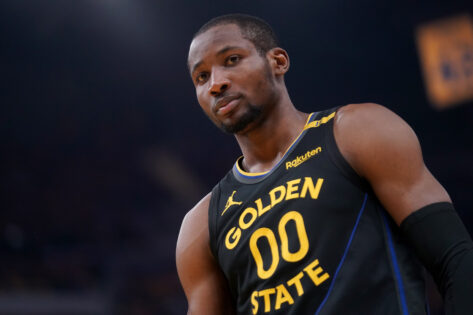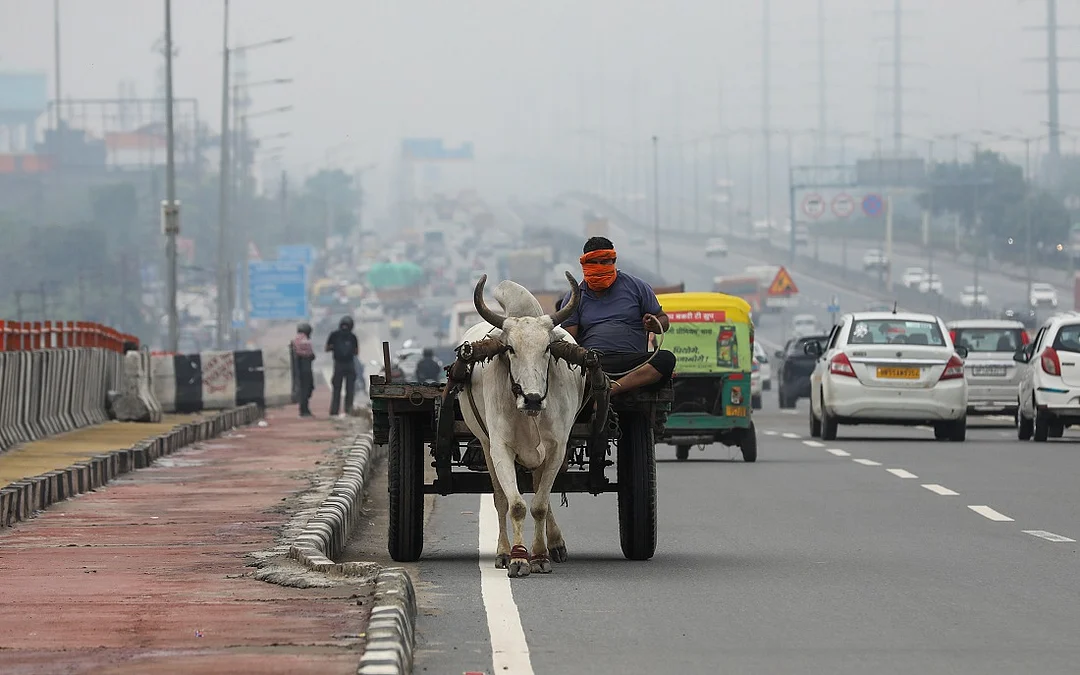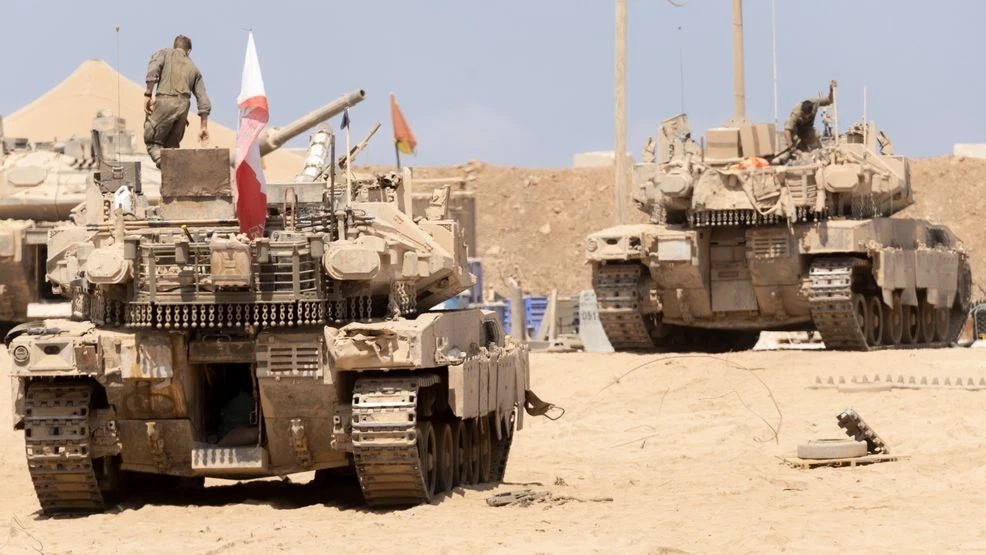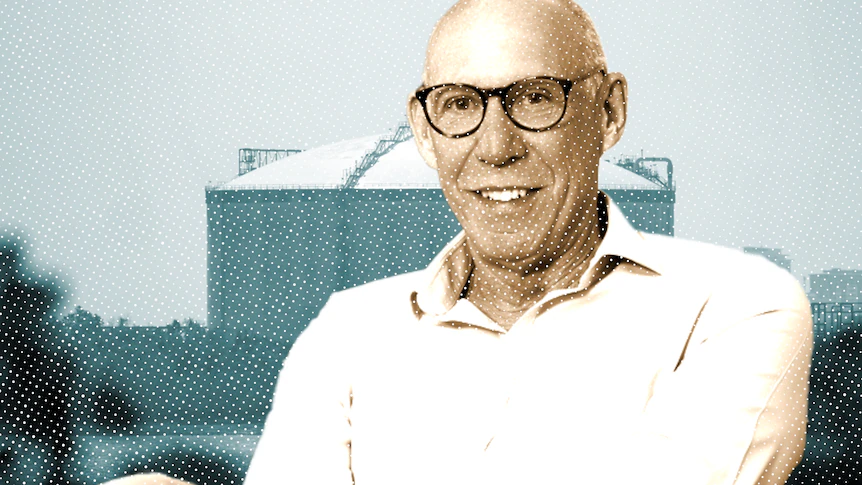5 Things Warriors Must Address Before Media Day 2025: Jonathan Kuminga’s Future Remains Biggest Concern

The Golden State Warriors’ Media Day on September 29th should be a celebration of a new season, but instead it arrives under a cloud of uncertainty. The organization has several major items on its to-do list that remain unchecked. The most glaring issue is the unresolved contract situation of young forward Jonathan Kuminga, a stalemate that has effectively frozen the rest of their offseason plans. This logjam has left the roster incomplete just as training camp is set to begin.
This contract stalemate is more than just a financial discussion; it speaks to a larger question about the team’s direction. As one report noted, the central question from management to the player has been, “Do you want to be here?” to which Kuminga reportedly responded, “Do you even want me here?” This tension highlights a trust deficit that must be resolved for the team to move forward cohesively. With the preseason opener against the Lakers on October 5th, time is running out to find answers. So here are 5 things Warriors must address as the season approaches!
ADVERTISEMENT
Article continues below this ad
1. The Jonathan Kuminga Contract Stalemate
The Jonathan Kuminga situation is the domino that must fall for other moves to happen. As a restricted free agent, the 22-year-old forward has yet to agree to terms on a new deal. The Warriors have presented multiple offers, but the structure of these contracts has been the sticking point. Kuminga is reportedly resistant to proposals that include team options, which would give the franchise future control without guaranteeing him long-term security.
This standoff has created a roster-building paralysis. The Warriors cannot fully utilize their available resources, like the Taxpayer Mid-Level Exception, until Kuminga’s salary number is finalized. This delay has prevented them from signing other needed veterans. The situation is so delicate that key veterans like Draymond Green and Jimmy Butler have reached out to Kuminga to check on his mindset and plans.
ADVERTISEMENT
Article continues below this ad
If no agreement is reached, Kuminga could sign a one-year qualifying offer worth $7.9 million. This would make him an unrestricted free agent next summer and grant him a no-trade clause for the upcoming season. Such an outcome would be far from ideal for the Warriors, who risk losing a valuable asset for nothing and introducing a potential distraction into the locker room.
Read Top Stories First From EssentiallySports
Click here and check box next to EssentiallySports
2. Salary Cap and Second Apron Restrictions
The Warriors are navigating the NBA’s most punishing financial territory, the second apron. Their current payroll consumes 99% of their cap space, creating a straitjacket that limits their flexibility. This restrictive financial position has consequences, including the inability to use certain signing exceptions and trade future draft picks freely until the Kuminga situation is resolved.
This cap crunch is the primary reason the Warriors have been the only NBA team not to make a single roster addition via trade or free agency this offseason. Their hands are tied until they know what Kuminga’s salary will be. This has left them with only nine players under contract, needing to fill six more roster spots with extremely limited funds.
The goal is to stay under the second apron threshold of $207.8 million to avoid even harsher penalties. This delicate balancing act means every dollar committed to Kuminga impacts their ability to sign other targets, such as veteran big man Al Horford. The front office is operating with very little margin for error.
3. Aging Core and Championship Window Concerns
The Warriors’ championship hopes rest on the shoulders of a veteran core that isn’t getting any younger. Stephen Curry is 37, while Jimmy Butler and Draymond Green are both 35. While Curry remains confident, stating the team built a strong foundation late last season, the age factor is a legitimate concern. Health is the single biggest variable for this group.
The team’s dependence on Curry was starkly revealed during last season’s playoffs when a hamstring injury sidelined him. Without their leader, their offense struggled significantly. Former NBA champion Jeff Teague expressed doubt, noting that after the star trio, “things kind of get spooky.” The supporting cast’s ability to shoulder the load during the regular season is crucial to keeping the veterans fresh.
This creates a win-now urgency that conflicts with the patient approach required by the Kuminga negotiations. The organization is trying to balance maximizing the remaining years of its stars’ primes with making prudent long-term decisions. It is a difficult tightrope to walk.
4. Frontcourt Depth and Center Position Crisis
The departure of Kevon Looney to the New Orleans Pelicans has left a significant void. Looney was more than a player; he was described as the team’s “backbone,” a steadying professional presence for a decade. His exit exacerbates a clear need for size and rebounding, especially after the Warriors were often overpowered by bigger teams like Minnesota.
The center position is now a major question mark. Draymond Green has resisted playing the five full-time, and the options behind him are young and unproven. This makes the potential signing of Al Horford so important, as he would provide much-needed experience and stability. However, that signing remains contingent on resolving the cap issues stemming from the Kuminga stalemate.
The lack of a reliable, traditional big man could be a critical flaw in the playoffs. As Teague pointed out, the league has evolved with teams playing two versatile bigs, and Green alone may not be enough to counter that trend over a long series. Addressing this hole is a top priority.
5. Defensive Identity and Rotation Uncertainty
Despite a strong defensive rating last season, there are questions about maintaining that identity. The integration of new players, whenever they are signed, will be key. Coach Steve Kerr also faces important decisions about his rotation, particularly in the backcourt where Buddy Hield and Brandin Podziemski may be competing for a starting role.
ADVERTISEMENT
Article continues below this ad
The team’s defensive success after acquiring Jimmy Butler was remarkable, but it relied on specific chemistry and trust. Recreating that with a changed roster will be a challenge. Kerr’s late-season lineup choices, including sometimes keeping Kuminga on the bench, also create uncertainty about roles for the upcoming year.
Establishing a clear rotation and defensive hierarchy during training camp will be vital for a strong start. The Warriors’ system depends on players knowing their responsibilities. With Media Day here, the clock is ticking for the Warriors to find solutions to these interconnected challenges and set the stage for a successful season.



